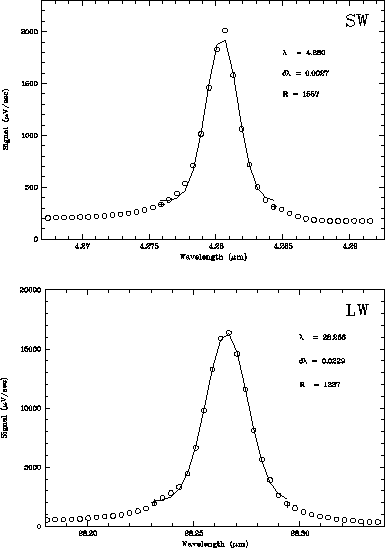
Figure: SWS grating instrumental profiles. The solid lines represent Gaussian fits. SW: laser plus continuum. LW: laser and dark current





 Jy, depending on band), which are accurate within a factor of four,
than the amplifier gain setting will be such that the SWS will have no
saturation problems.
Jy, depending on band), which are accurate within a factor of four,
than the amplifier gain setting will be such that the SWS will have no
saturation problems.

Figure: SWS grating instrumental profiles. The solid lines represent
Gaussian fits. SW: laser plus continuum. LW: laser and dark current
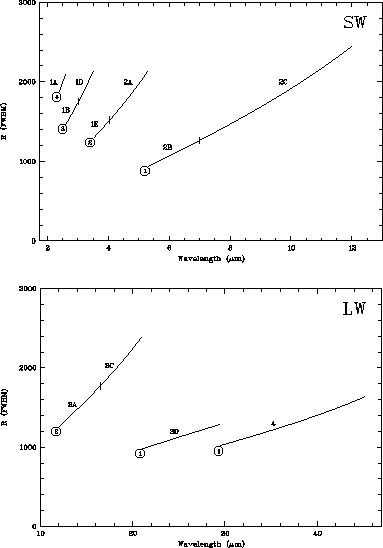
Figure: Calculated SWS grating spectral resolution (confirmed by spot
checks) as a function of wavelength for extended sources. The spectral
orders are indicated in circles.
For point sources the resolution of SW spectra will be about a factor
two larger; for LW spectra this effect is not significant
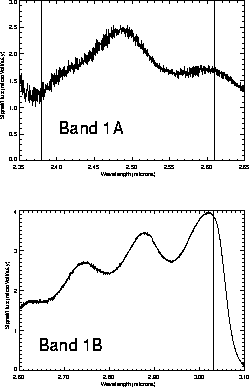
Figure: Measured SWS grating spectral response function for SWS AOT
Bands 1A and 1B. The data of Band 1A are affected by noise. Vertical lines
indicate the wavelength limits of the bands
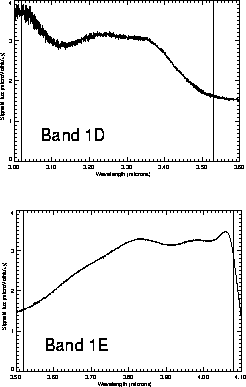
Figure: Measured SWS grating spectral response function for SWS AOT
Bands 1D and 1E. The data of Band 1D are affected by noise
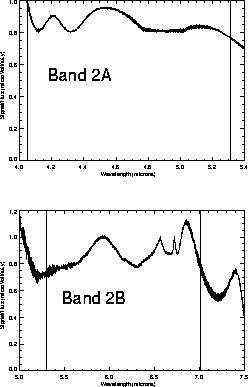
Figure: Measured SWS grating spectral response function for SWS AOT
Bands 2A and 2B. The fringes are real
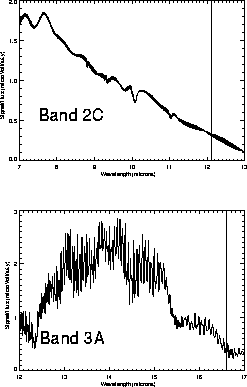
Figure: Measured SWS grating spectral response function for SWS AOT
Bands 2C and 3A. The fringes in the data for Band 2C are real
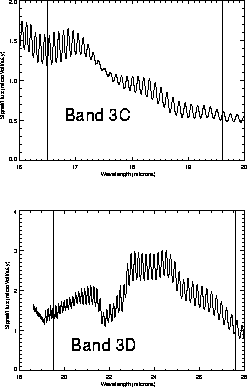
Figure: Measured SWS grating spectral response function for SWS AOT
Bands 3C and 3D. The fringes are real
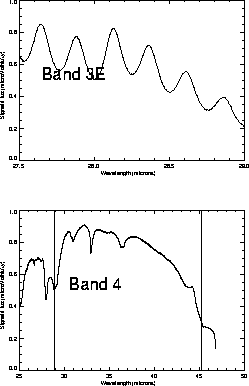
Figure: Measured SWS grating spectral response function for SWS AOT
Bands 3E and 4. The fringes are real